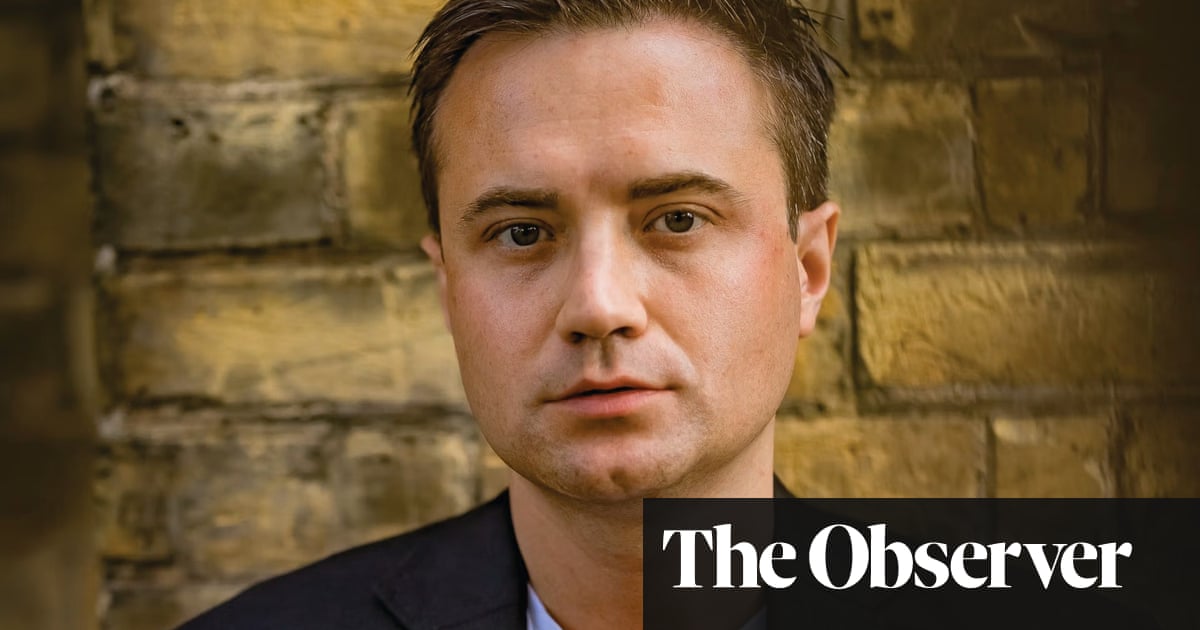James Cahill’s debut novel, Tiepolo Blue, was full of interesting things but weakened by implausibilities. In his second novel, he gets around this by setting it in the world of modern art, where the implausible and ridiculous are de rigueur.
After a punchy intro in which a young man falls to his death in London (“abruptly, he toppled back – his body separating from the building”), we’re introduced to three vivid characters, each circling the others. There’s Leo Goffman, a New York-based octogenarian real estate mogul and art collector, a man who sees money everywhere. His walls are lined with Richters and Warhols, and to mark his character for the reader, he obligingly yells at his housekeeper when she throws out his favourite magazine.
Then we meet Lorna Bedford, an art dealer whose brittle dialogue with her partner, Justine, suggests a relationship on the rocks. Lorna once represented the reclusive abstract painter Thomas Haller, whose newest work – all “stuttering brushstrokes and hazes of aerosol” – Leo wants her to acquire for him. But Haller has a new dealer now, the faintly villainous Claude Berlins. And we learn that the young man who fell off the building was Claude’s assistant, Luca.
And there’s Thomas himself, who as a painter is undergoing “his lilac renaissance. His violet hour.” Thomas overturns no stereotypes of the genius artist, by sleeping with most of the other major characters at various points in the book; despite his being gay, this includes Lorna, with whom he had a child.
It’s telling that Cahill introduces Thomas last: the artist himself is at the bottom of the food chain, trapped below the gallerists who make names and the collectors who blow up prices. The novel asks what desire is: for the powerful Leo, Lorna’s partner suggests, “desire for him is a reflex, like needing to shit. It has no value”. And the book has a fine sense of the silliness of the art market, while taking the work itself seriously. “Is that by Carl Andre?” a visitor asks Thomas. “It’s a casket,” he replies. “The ashes of my dog.”
The Violet Hour is also a book of missing children: the baby boy that Thomas and Lorna gave up for adoption, who sits off the page through most of the novel, smoking gently like Chekhov’s gun; and the daughter Leo wishes he and his wife had had. Is his obsessive collection of art a substitute for what’s lost, or is it, as he tells himself, “a quest to find host vessels for his soul, objects large and plentiful enough for the evolving, expanding spirit matter of Leo Goffman”?
As this suggests, there’s a lot going on here: as well as all the above, there are subplots including a campaign against Leo when he hits a woman with his car, social media trolling, and a video artist who wants to film Thomas. While some elements of the book are juicy and in-depth, others skim over the surface like paint on a canvas.
Still, Cahill ratchets up the pace and intensity as the end approaches, and takes the opportunity to bring the characters together in conflict wherever he can – a gallery launch, the Venice Biennale – and to subvert the reader’s expectations. The Violet Hour is not always substantial, but it’s soapy and satisfying, and that’s pleasure enough.
